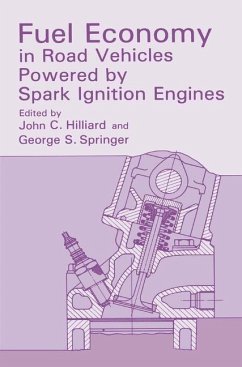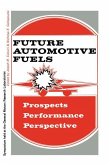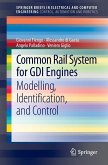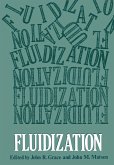Concern about the reduced availability and the increased cost of petroleum fuels prompted great efforts in recent years to reduce the fuel consumption of auto mobiles. The ongoing efforts to reduce fuel consumption have addressed many relevant factors, including increased engine performance, reduced friction, use of lightweight materials, and reduced aerodynamic drag. The results of the investigations assessing the various factors affecting fuel economy have been published in journals, conference proceedings, and in company and government reports. This proliferation of technical information makes it difficult for workers to keep abreast of aU developments. The material presented in this book brings together in a single volume much of the relevant materials, summarizes many of the state-of-the-art theories and data, and provides extensive lists of references. Thus, it is hoped that this book will be a useful reference for specialists and practicing engineers interested in the fueleconomy of automobiles. J. C. HILLIARD o. S. SPRINGER vii CONTENTS 1. AUTOMOTIVE FUEL ECONOMY David Cole I. Introduction and Background. . . . . . . . . . . . . . . . . . . . . . . . . . . 1 . . . . . . . . . . n. Fuel Economy Factors . . . . . . . . . . . . . . . . . . . . . . . . . . . . . . . . . . . . . . . . . . 9 A. Engine................................................... 11 B. Drive Train. . . . . . . . . . . . . . . . . . . . . . . . . . . . . . . . . 20 . . . . . . . . . . . . . . C. Vehicle Factors. . . . . . . . . . . . . . . . . . . . . . . . . . . . . . . 22 . . . . . . . . . . . . . D. Operating Factors. . . . . . . . . . . . . . . . . . . . . . . . . . . . . . 28 . . . . . . . . . . . . E. Test Cycles . . . . . . . . . . . . . . . . . . . . . . . . . . . . . . . . . 32 . . . . . . . . . . . . . . References . . . . . . . . . . . . . . . . . . . . . . . . . . . . . . . . . . . 33 . . . . . . . . . . . . . . . . . 2. FUEL ECONOMY AND EMISSIONS J. T. Kummer I. Introduction .................................................. . 35 n. Emission Regulations .......................................... .








